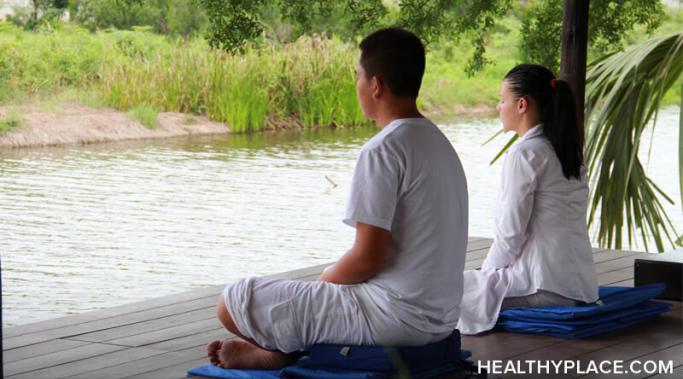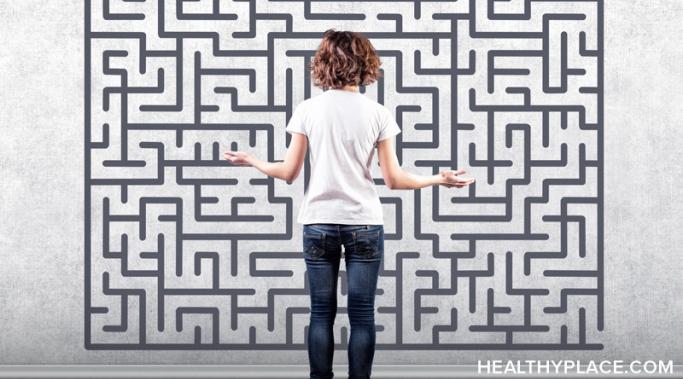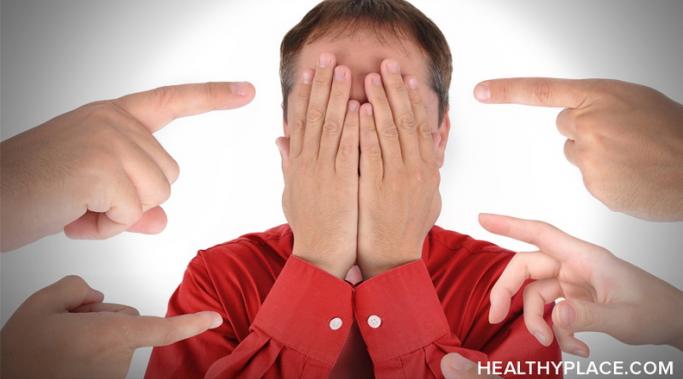The human brain has a negativity bias, and it is partially because of this negatively skewed view of our world that we experience anxiety. Studies have shown that the brain notices the negative more quickly and more frequently than it notices the positive.1 Not only that, it reacts much more strongly to negative stimuli than to positive. When our brain automatically, on its own, gravitates toward the negative and focuses its attention there, we feel stressed and anxious. Are we doomed to anxiety because of the negativity bias?
Anxiety-Schmanxiety
Anxiety and panic can overstimulate the brain, rocket our senses into hyperactivity, and make us feel wired. When we feel keyed-up and on edge, it can feel as though nothing will help. Here we are at risk of jumping right out of our own skin, which would do nothing more than increase both anxiety and panic, and there’s not a thing we can do to settle down. Or is there? It can seem counter-intuitive, but practicing mindfulness when we’re at our most agitated can help when anxiety and panic overstimulate your brain.
Researchers are beginning to shed light on the relationship between anxiety and sunlight, and it’s becoming evident that the sun is linked to anxiety and possibly even panic disorder. The connection between sunlight and depression has long been established (Relationship Between Depression and Anxiety). The inclusion of anxiety and sunlight in this mix is a development that just might illuminate more strategies to reduce anxiety.
It's possible to calm the anxiety you experience during the day simply by creating a morning ritual. Whether anxiety obnoxiously wakes you before your alarm sounds or greets you loudly the moment you're awake, beginning the day with anxious thoughts, troubled emotions, and agitated bodily sensations is exhausting and discouraging. Yet if you create a morning ritual to calm anxiety, it doesn't have to ruin your day before it even begins.
Mandalas make excellent tools to reduce anxiety. It’s becoming widely known and accepted that mandala coloring is a calming experience, quieting the racing thoughts of anxiety as well as soothing neurochemical activity in the brain and slowing the body’s physiological response to stress. Here are some suggestions for how you can go beyond basic coloring and use mandalas as tools to reduce anxiety.
Generalized anxiety disorder (GAD) is a relentless experience of anxiety and worry. Worry and anxiety are part of the human experience; there’s even a type of anxiety known as existential anxiety that we feel simply because we exist. However, the anxiety and worry of GAD go far beyond ordinary anxiety. Regardless of the type of anxiety you experience, even if it’s a diagnosable disorder such as GAD, you can find peace as you learn to leave worry at the door.
Troubleshooting anxiety is an important part of the ongoing process of living well and thriving despite anxiety. Anxiety has an annoying habit of popping up at seemingly random times. Just when you think your anxiety is improving, it rears its hideously ugly head and jumps in front of you, blocking your path forward. Making matters worse is the fact that anxiety is often vague and hard to pinpoint. The following how-to guide for troubleshooting anxiety will help you identify specific problems and determine how you want to deal with them.
It's truly okay to let yourself be anxious. Why? Because sometimes we all just need to allow ourselves to feel how we feel, to be okay with anxious thoughts (Letting Someone with Mental Illness Be Upset). It's even okay to express those anxious feelings. The key is how much we let ourselves be anxious.
When it comes to meeting new people, social anxiety instills in its sufferers a sense of dread. Having to meet new people can sound alarms and ignite warning fires in the minds and bodies of those living with social anxiety (Extroverts Can Experience Social Anxiety, Too). In response to the fires, fire walls within the brain pop up, sealing off areas like rational thought and peaceful feelings so that all attention is funneled to the fire. The fire is a signal of danger—of stranger danger—and it makes us dread meeting new people. What we often don’t realize is that we are in charge of the alarm, the fire, even social anxiety itself. You don’t have to forever dread meeting new people.
People who live with anxiety and panic know that panic and anxiety attacks are real. Unfortunately, not everyone understands that panic attacks and anxiety attacks are legitimate physical and emotional experiences. Recently, I was watching a show in which a character’s doctor informed him that he had had a panic attack. When this character told his sister, she exclaimed in disbelief, “Are those a thing? I thought panic attacks were something made up by celebrities for attention.” To help increase understanding, I offer an explanation for why panic attacks and anxiety attacks are real.









